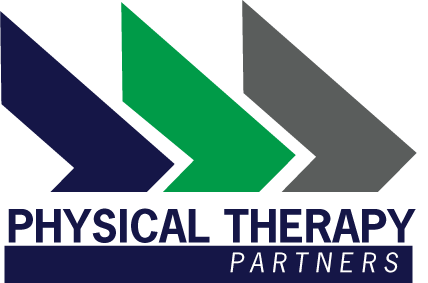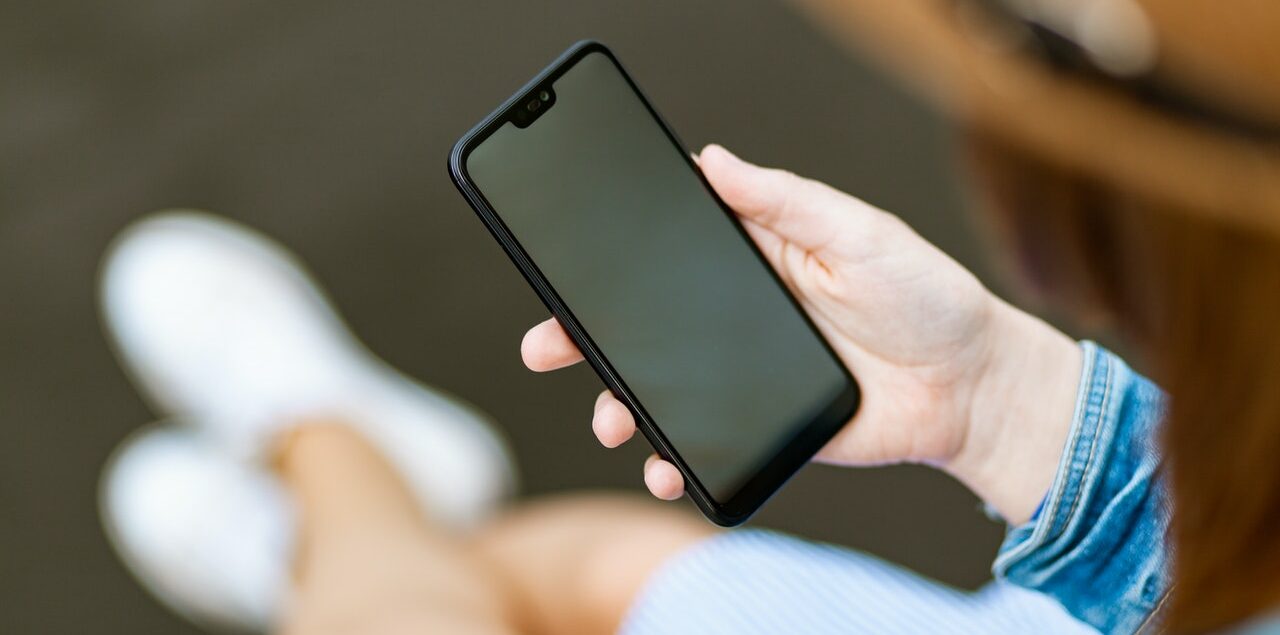Undo the Damage of Daily Cell Phone Use
When you think about overuse injuries, your mind probably goes to sports and workplace injuries. The reality? We live in a hyperconnected world. More than ever before, we’re reliant upon our smartphones to keep us in the loop. With so many people glued to their smartphones, it’s no wonder that we’re starting to see overuse injuries across populations. The average person spends about five hours a day staring at their phone screen. If you’re starting to notice soreness after scrolling through work emails or checking social media, here’s what to do:
Take a Break
It’s important to listen to our bodies. If your neck is screaming or your hand is aching, put your phone down and give your body a break. Try flexing your muscles, doing some deep stretches, or engage in active rest. No matter your strategy, the most important thing you can do after a tech-heavy day is to take a break.
Watch Your Form
As you use your cell phone, your shoulders should be relaxed and your elbows should be tucked close to the body. Your goal is to minimize strain on your wrist. If you know you’re going to be on your phone for a while, try placing it on a table or stand. You can also keep the phone in one hand and type with the other, hunt and peck style. While it might not be the most efficient way to type, it will reduce wrist strain and keep you going for longer.
Invest in Assistive Tools
If you’re unable or unwilling to put the phone down, it’s a good idea to invest in assistive tools like attachable rings and straps. These can help distribute the weight of your phone more equally, creating a more naturally ergonomic position for your hand and wrist. Wrist braces can also be incredibly helpful for those using their phones for longer periods of time.
Be on the watch for numbness and tingling in your hand. If these issues persist even after you’ve stopped using your phone, you may be suffering from nerve compression. Any pain that doesn’t quickly resolve itself should be assessed by a physical therapist or your primary care doctor.

